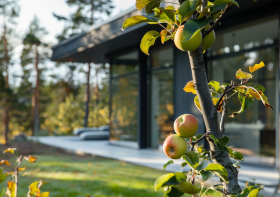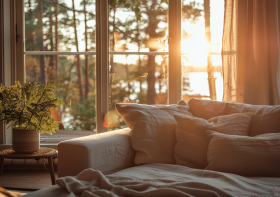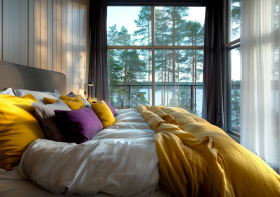Designing Seamless Transitions Between Home Interiors and Outdoor Spaces
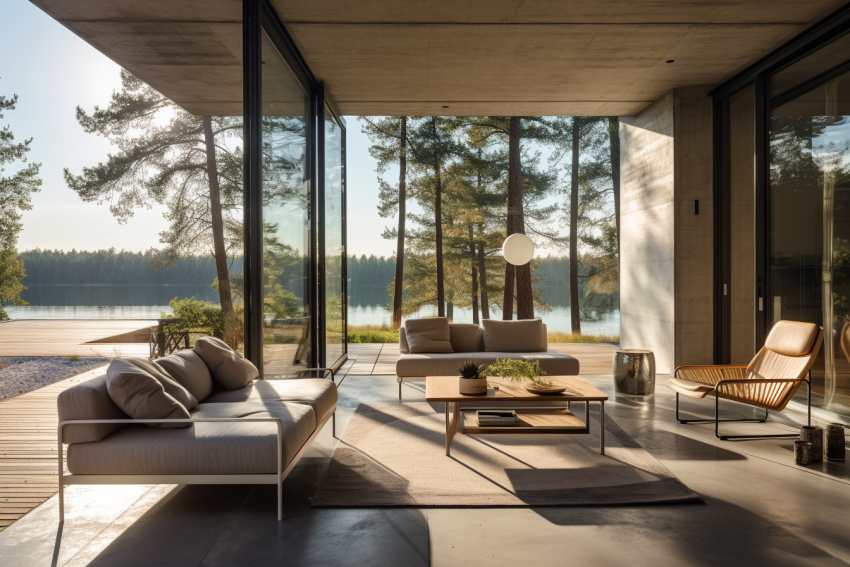
The concept of indoor-outdoor flow has surged in popularity over the past decade. It refers to the design principle that aims to blend home interiors with adjoining outdoor spaces, offering homeowners a chance to experience the best of both worlds – the comfort of the indoors and the serenity of the outdoors. Creating such a flow requires a thoughtful approach, integrating design elements that make transitions feel fluid and cohesive. In this blog post, we’ll explore some key design principles that can help achieve this seamless integration.
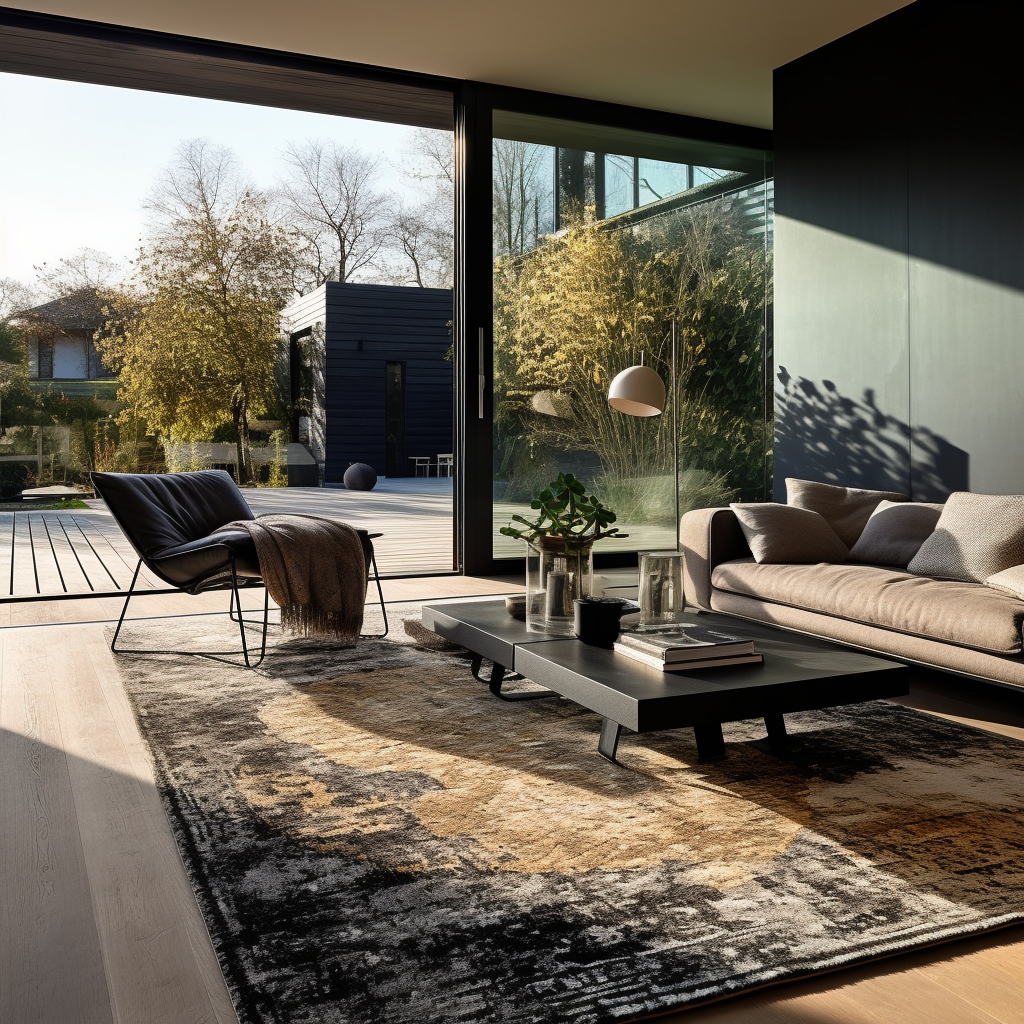
1. Sliding Glass Doors: A Portal to the Outdoors
Possibly the most iconic element of indoor-outdoor flow is the sliding glass door. These doors act as transparent walls, allowing a clear view of the outside and inviting in copious amounts of natural light. Besides their aesthetic value, sliding glass doors also have a functional role:
- Space-saving: Traditional doors swing out, requiring additional space. Sliding doors, however, move horizontally, ensuring no extra space is wasted.
- Seamless transition: When opened, sliding doors create an expansive pathway, allowing for easy movement between interior and exterior spaces.
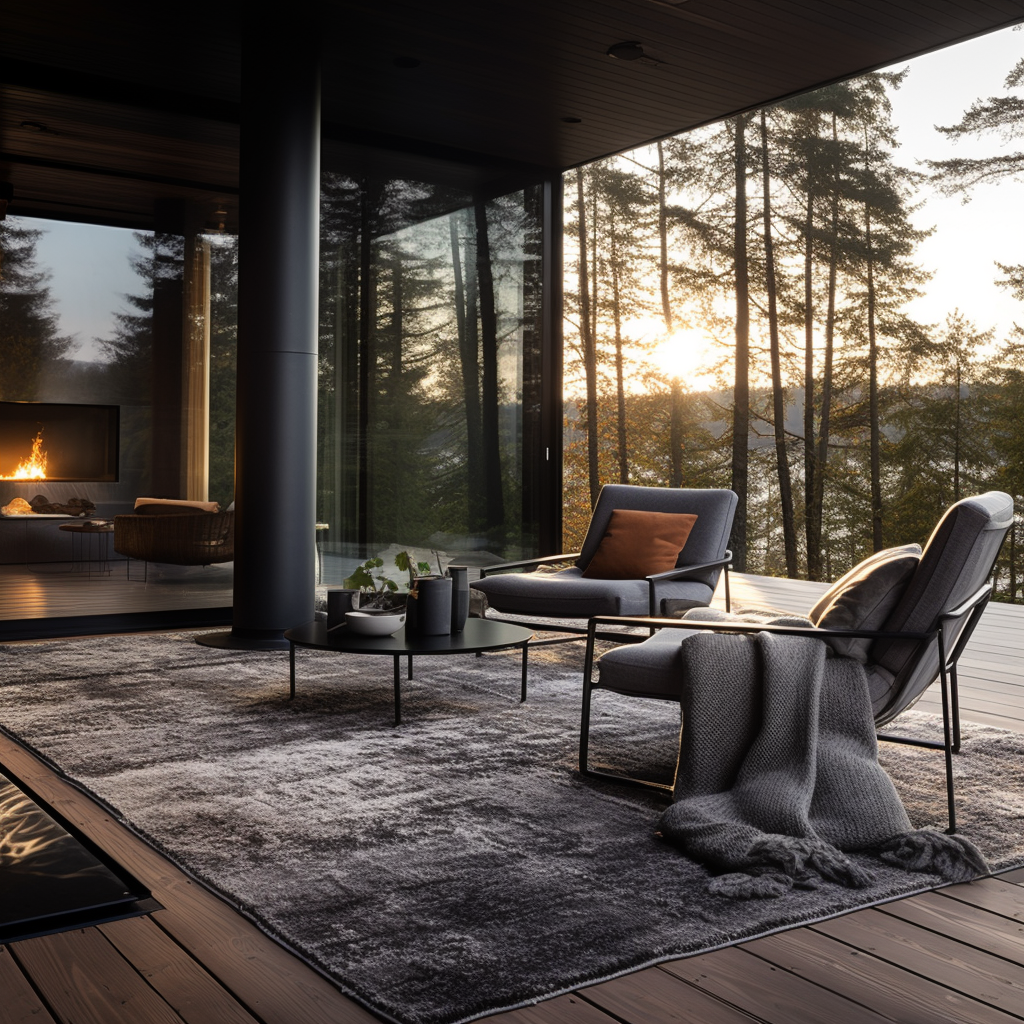
2. Flooring Continuity: Bridging the Gap
Continuity in flooring can make a significant difference in blurring the lines between the inside and outside. By using similar or complementary materials for both areas, the eye is naturally led from one space to the other.
- Hardwood and Decking: Matching wooden indoor flooring with an outdoor deck can create a smooth transition.
- Tiles: Weather-resistant tiles can be used both indoors and on patios or verandas, ensuring a consistent look.
- Concrete: Polished concrete is versatile and can be used in both settings, offering a sleek, modern feel.
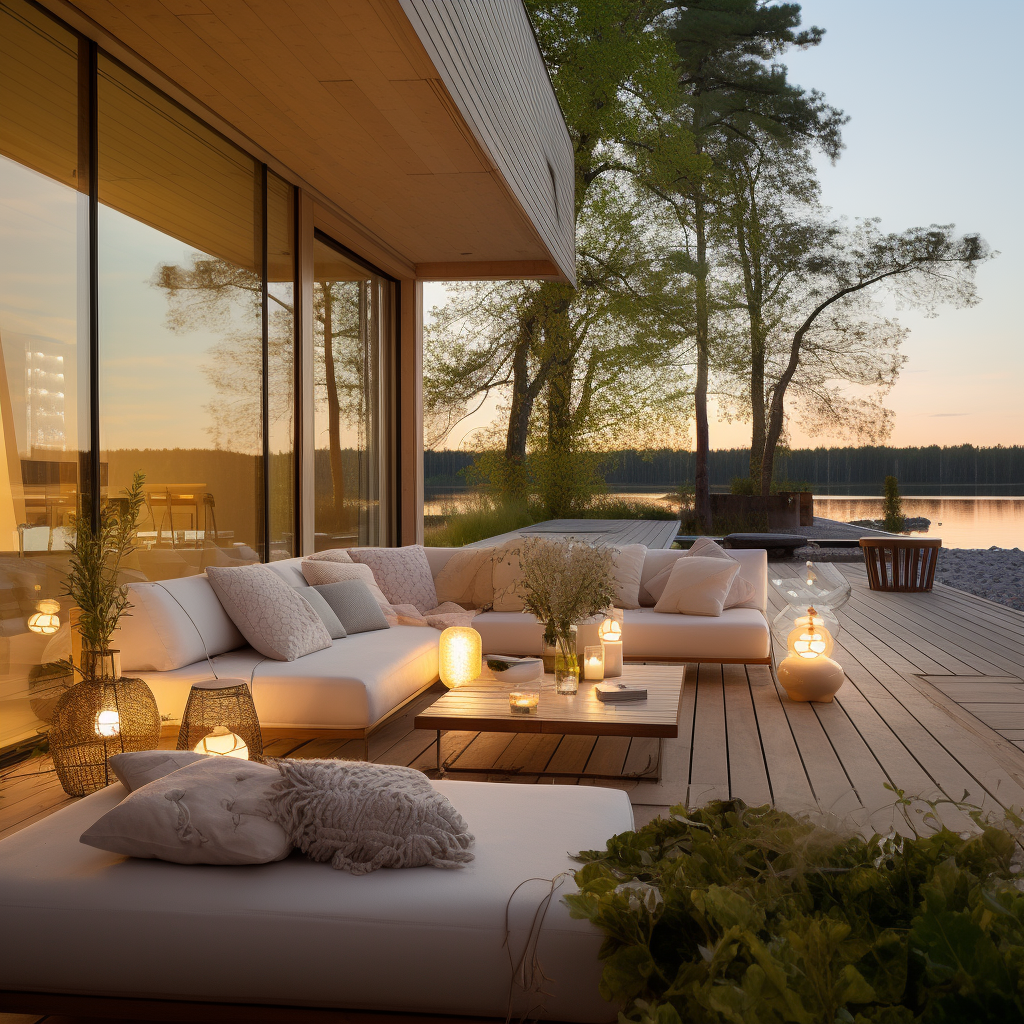
3. Color Cohesiveness: Tying Spaces Together
Using a complementary color palette for both interior and exterior spaces ensures a unified look. When the colors inside mirror or complement those outside, it creates a harmonious feeling and a sense of spaciousness.
- Natural hues: Opt for earthy and neutral tones which easily resonate with the colors of nature.
- Accent colors: If your outdoor space boasts colorful plants or furniture, bring those colors indoors through cushions, artwork, or décor.
- Textiles: Consider using outdoor rugs, curtains, or cushions that align with your interior color scheme to further blend the two spaces.
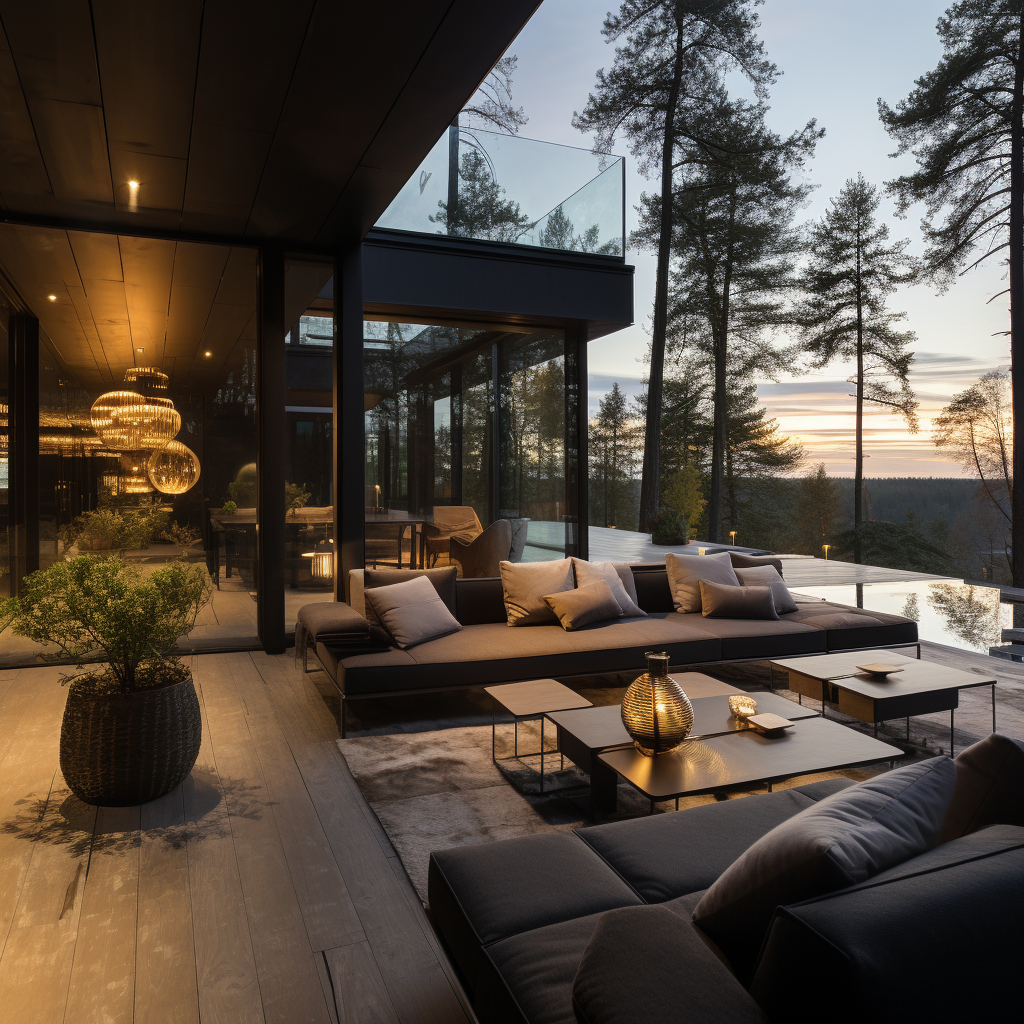
4. Integrating Nature Indoors
Apart from structural and color-focused strategies, incorporating natural elements into your interior design can amplify the feeling of connectedness. Consider:
- Indoor plants: These not only purify the air but also act as a natural connector between indoors and outdoors.
- Water features: Small indoor fountains can mirror an outdoor pool or pond, promoting the sound and calming effect of flowing water.
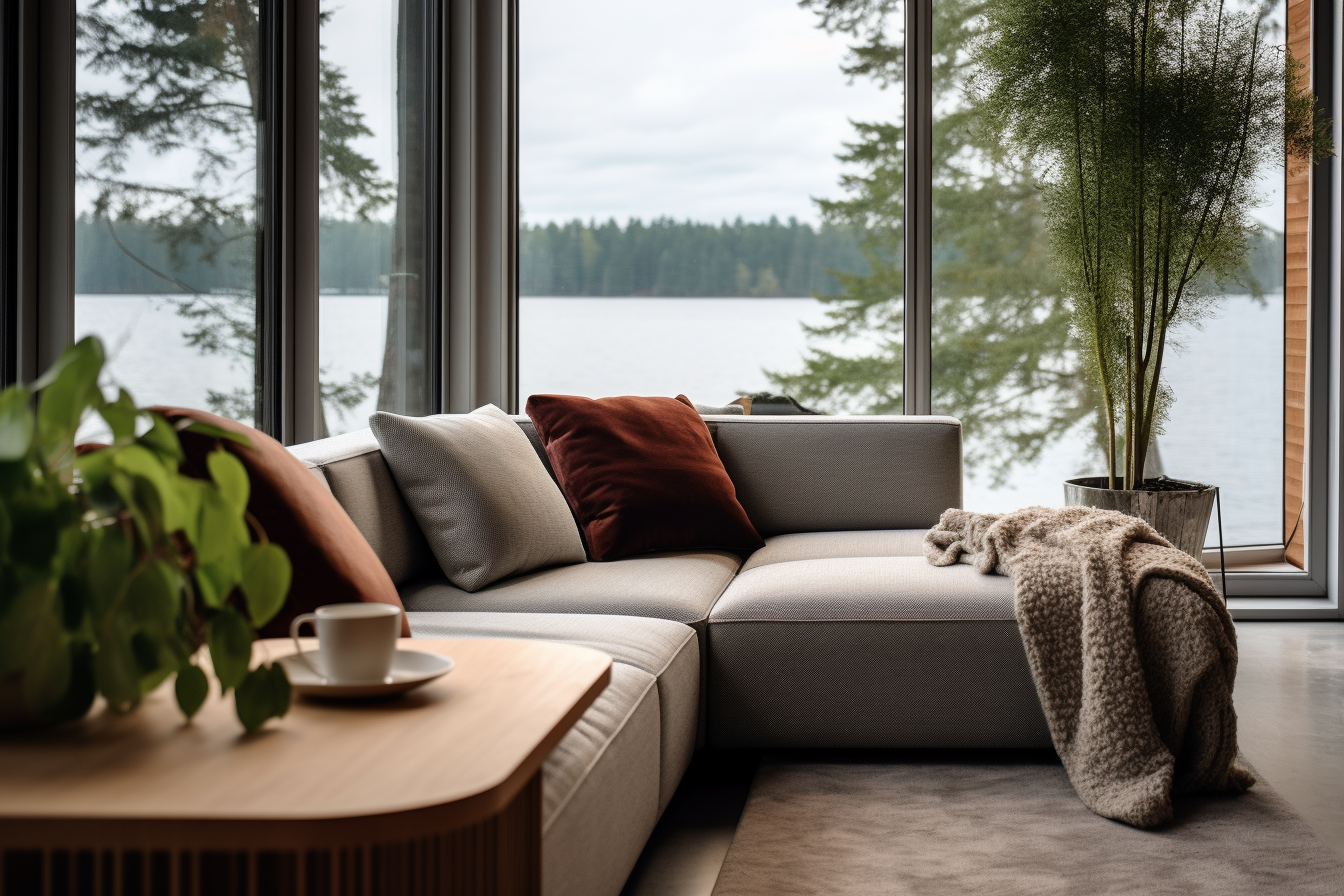
Achieving a seamless indoor-outdoor flow doesn’t require a total home makeover. By focusing on pivotal design elements like sliding glass doors, consistent flooring, complementary color palettes, and the integration of nature, you can create a living space where the boundaries between inside and outside feel beautifully blurred. This approach not only enhances the aesthetic appeal of your home but also promotes a lifestyle that is deeply connected to nature, ensuring tranquility and well-being.

